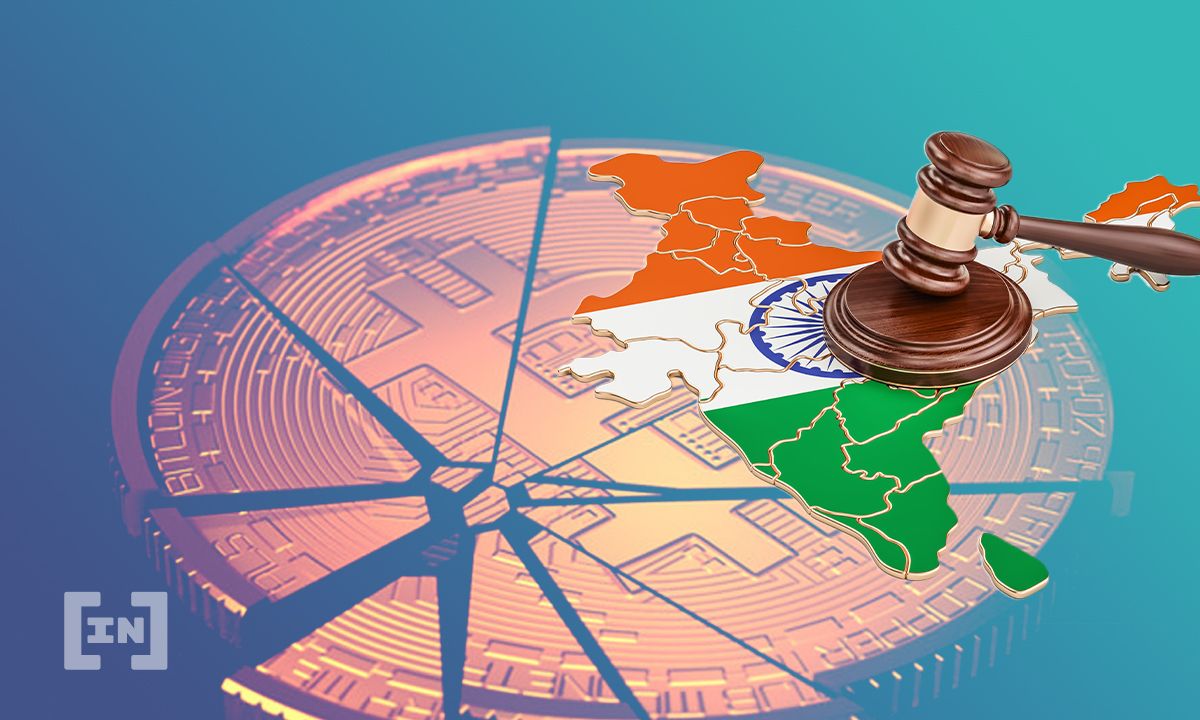Authorities in India have decided to introduce a tax on cryptocurrency transactions, in addition to issuing a digital currency within the next two years.
Finance Minister Nirmala Sitharaman made these announcements during her speech at Union Budget 2022. She said that the government would tax the income from the transfer of a digital asset at a 30% rate. In addition to cryptocurrencies, this would also have an impact on non-fungible tokens (NFTs) which have recently become popular in India.
“No deduction in respect of any expenditure or allowance shall be allowed while computing such income except cost of acquisition,” Sitharaman said. “Further, loss from transfer of virtual digital assets cannot be set off against any other income.”
Sitharaman also addressed a few more practical details. For instance, that the government would provide for TDS on payment made in relation to transfer of virtual digital assets at the rate of 1%. Also, in the context of gifting of virtual digital assets, the onus of being taxed falls on the recipient.
Digital rupee
During her address, Sitharaman also made it clear a new digital rupee powered by blockchain technology will be issued by the Reserve Bank of India between 2022 and 2023. “Digital currency will also lead to a more efficient and cheaper currency management system,” Sitharaman said. “It is therefore proposed to introduce digital rupee using blockchain and other technology to be issued by the Reserve Bank of India starting, 2022 and 2023.”
India is not the only country with CBDC ambitions over the next year. While no country has yet to issue a wholesale CBDC, that would mainly be used by central banks for payments, China has perhaps come the furthest thus far.
It intends to roll out the digital yuan for use during the upcoming 2022 Winter Olympics, later this month. Meanwhile, a handful of smaller, more developing economies introduced retail CBDCs last year, including Nigeria, the Bahamas and five other islands in the East Caribbean.
What do you think about this subject? Write to us and tell us!
Disclaimer
In adherence to the Trust Project guidelines, BeInCrypto is committed to unbiased, transparent reporting. This news article aims to provide accurate, timely information. However, readers are advised to verify facts independently and consult with a professional before making any decisions based on this content. Please note that our Terms and Conditions, Privacy Policy, and Disclaimers have been updated.


